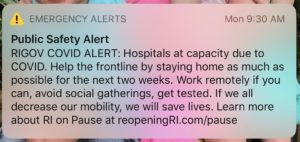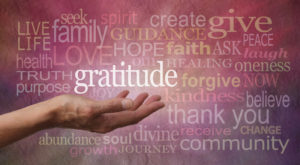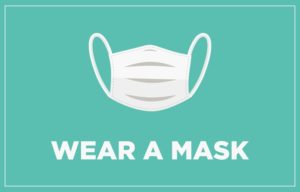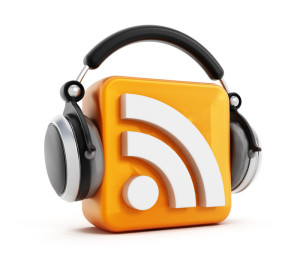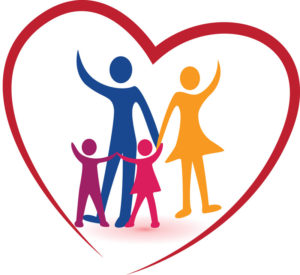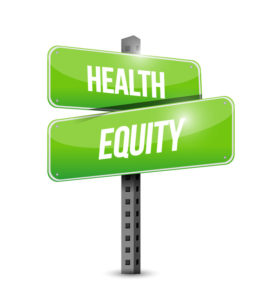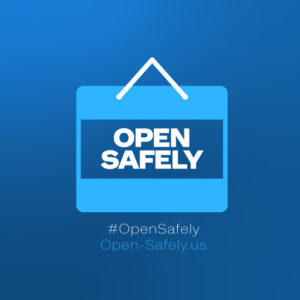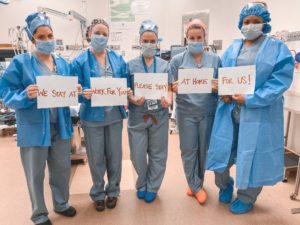The UK administered the first fully tested and approved COVID-19 vaccine this week. The U.S. could be administering the vaccine as early as next week. There is hope!
Projections are that by summer 2021, most everyone in the U.S. who wants a vaccine will be able to get it. There is hope!
The Biden Administration’s health team has been announced. There will be a new reliance on clinicians, scientists, and public health experts. There is hope!
And yet, the challenges are many. To name just a few: overall supply vs demand, distribution logistics and storage, logistics of administering the vaccine, establishing guidelines for prioritized groups to receive it, ensuring both doses are administered at the right time interval, and of course public trust in the vaccine.
As I have read and listened the past week, I have learned how the free market impacts the availability of key components for the manufacturers, that each state can decide on their group priorities after the CDC publishes the guidelines, and that only about 60% of the population say they are willing to take the vaccine.
On a more encouraging note, I have heard how provider organizations have been developing their vaccine administration plan for months and how a leading pharmacy chain is planning to scale administration across their 10,000 locations and has an app ready to go for tracking patients, scheduling appointments, and sending reminders for the second dose.
I encourage you to check out these resources to understand the issues involved:
In the Bubble with Andy Slavitt podcast – Toolkit: Where and When Can I Get the Vaccine? He talks about the science with Dr. David Agus and the logistics with CVS Health’s Tom Moriarty. Together they answer questions from listeners.
Interview with Dr. Atul Gawande in the New Yorker by David Remnick – Atul Gawande on Coronavirus Vaccines and Prospects for Ending the Pandemic. It covers a lot of ground and Dr. Gawande is as insightful here as he is in his regular New Yorker pieces and many books. Continue reading

